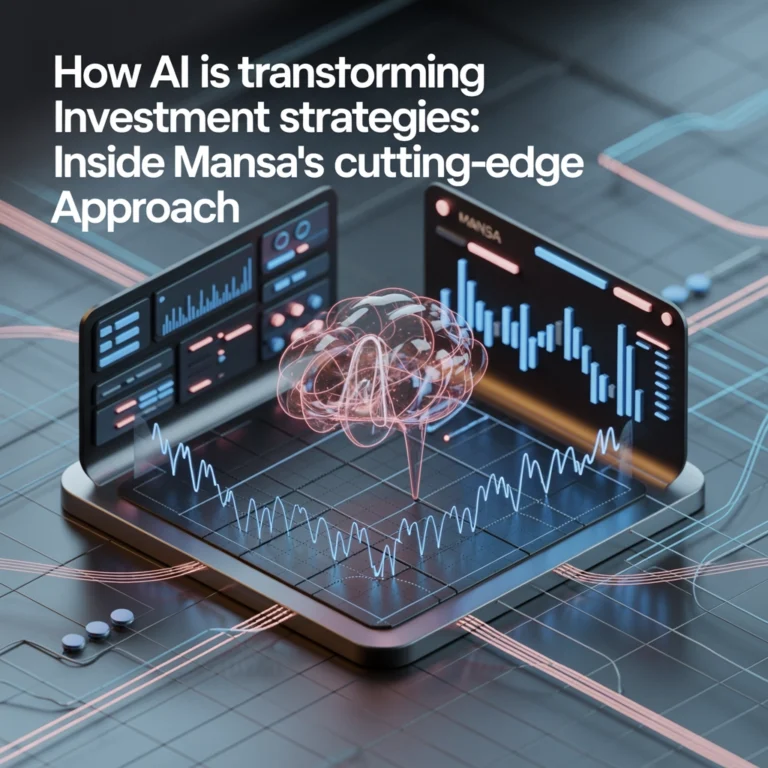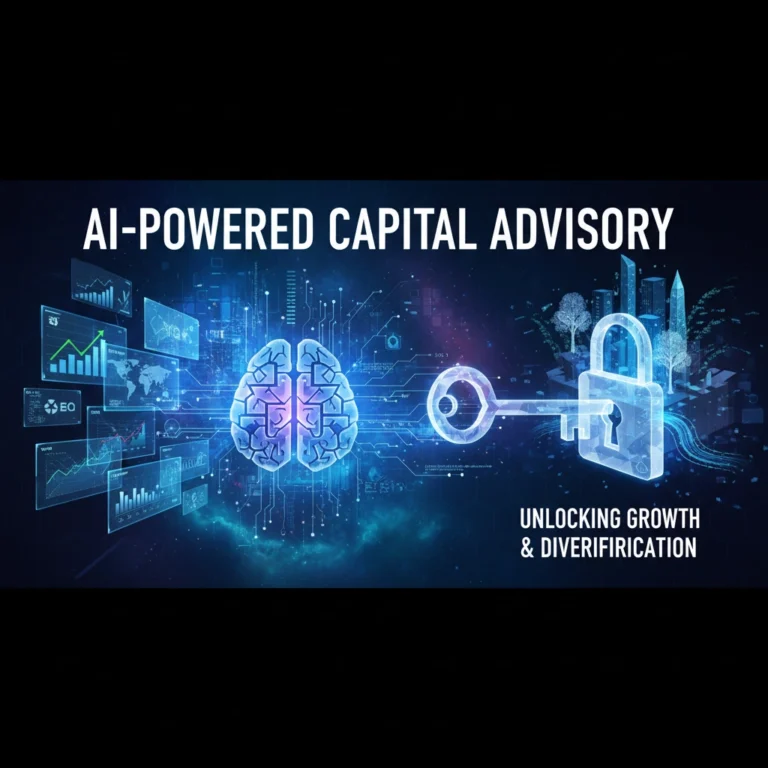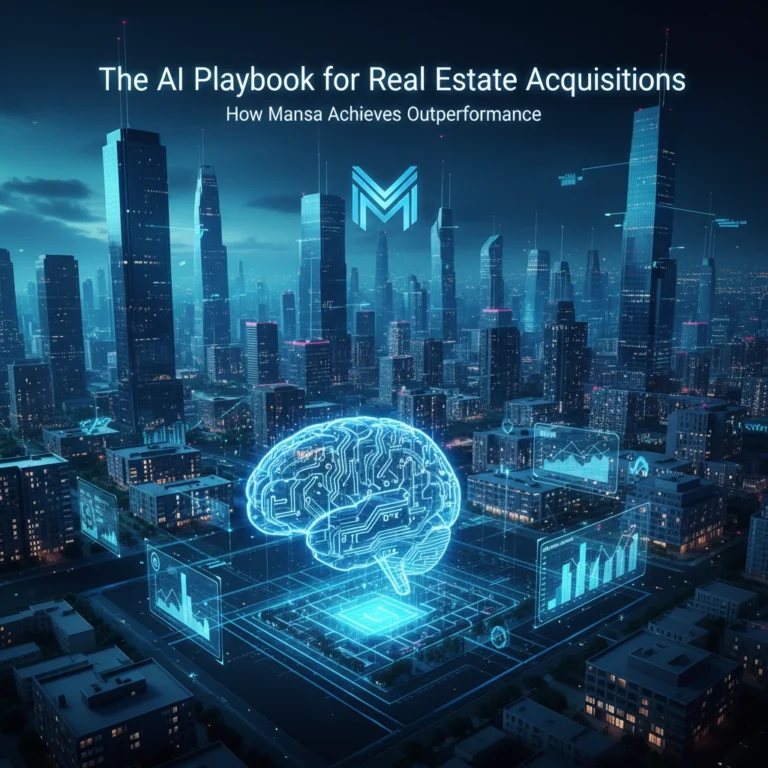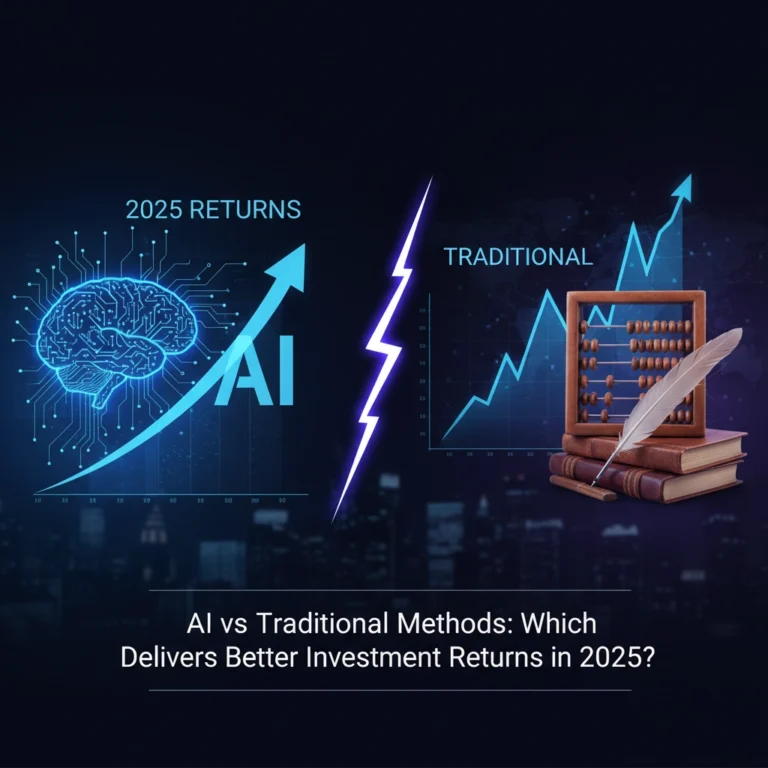95% of Asset Managers Use AI Now: Are You Missing the $1.8 Trillion Opportunity?
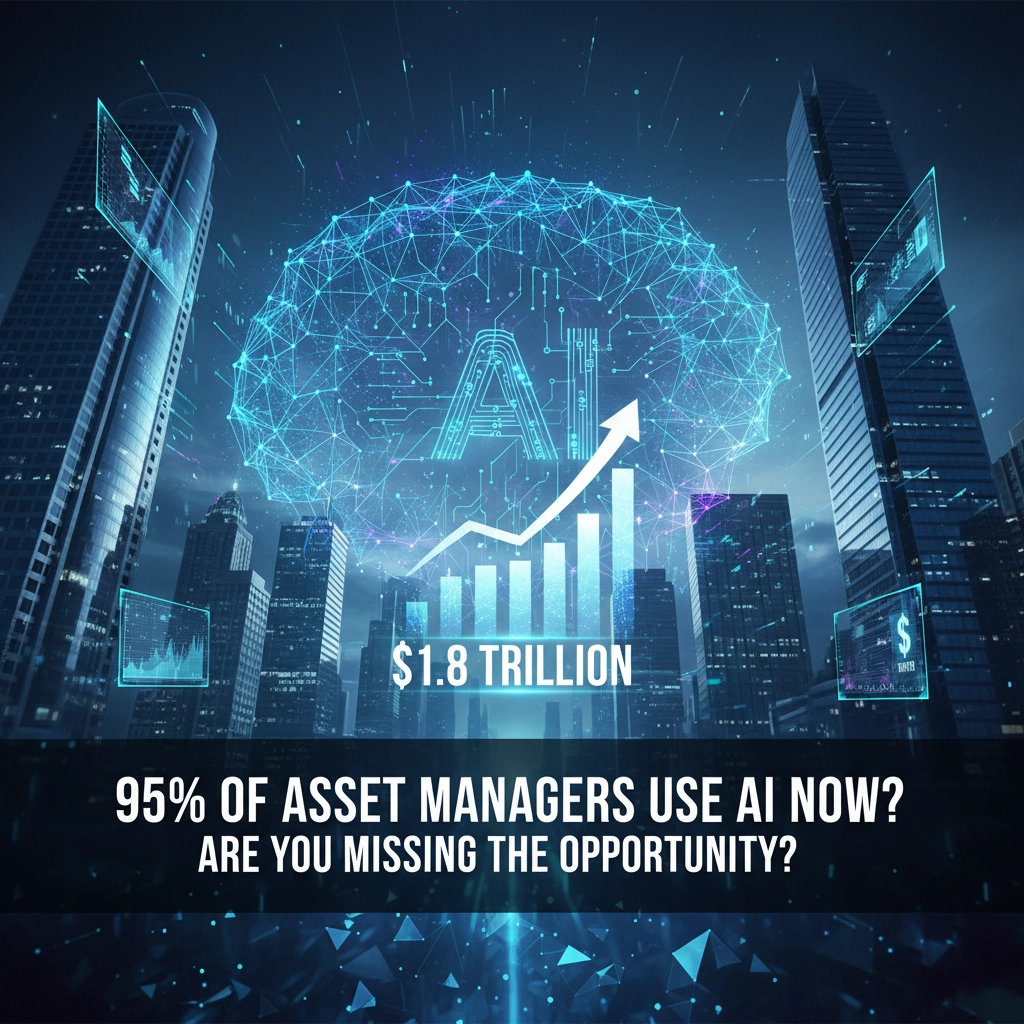
Let's cut through the noise. That 95% headline? It's not exactly what it seems. While AI adoption in asset management is exploding faster than anyone predicted, the real story is far more nuanced: and frankly, more interesting.
The 95% figure comes from an EY survey, but here's the catch: it refers specifically to firms that have scaled their AI adoption across multiple use cases, not overall adoption rates. The broader reality? About 63-72% of asset managers are currently using some form of AI, depending on which survey you trust. Still impressive, but let's keep it real.
And that $1.8 trillion? That's the projected value of the entire global AI market by 2030: not just the asset management slice. But here's why you should still care: even a fraction of that market represents opportunities that could reshape how we think about alpha generation, risk management, and operational efficiency.
The Real Numbers Behind AI Adoption

Here's what's actually happening in the trenches. According to Neudata's 2025 industry report, AI adoption among investment firms has nearly doubled year-over-year, with two-thirds now using AI to boost efficiency. Meanwhile, a Broadridge study of 175 asset managers found that 72% are making "moderate to large" investments in generative AI: up from just 40% the previous year.
But there's a massive gap between recognition and execution. While 72% of asset managers believe AI will have significant impact within three to five years, only 16% have actually defined a comprehensive strategy and are implementing it across their business. Translation: most firms know they need to get on board, but they're still figuring out how to do it right.
The most common applications right now? Pretty basic stuff: AI chatbots for customer service (47% of firms), marketing improvements (43%), and automating data entry and compliance monitoring. We're still in the early innings of what's possible.
What This Means for Your Competitive Edge
The firms that are doing AI right aren't just throwing technology at problems: they're seeing real ROI. More than two-thirds of generative AI users expect returns within two years, with 35% anticipating payback within six months. That's not just optimism talking; it's based on measurable improvements in operational efficiency and decision-making speed.

Consider what AI enables: analysts can dump the manual, repetitive tasks that eat up 40% of their time and focus on actual alpha generation. Portfolio managers can process market signals in real-time instead of relying on yesterday's analysis. Risk teams can spot correlations and tail risks that would take human analysts weeks to identify.
The sector is projected to grow at a 26.92% CAGR through 2032, driven by increasing data volumes and demand for sophisticated risk management. McKinsey research suggests AI could deliver 25-40% improvements in key operational metrics for the average asset manager. In an industry where basis points matter, those kinds of efficiency gains translate directly to competitive advantage.
The Hidden Challenges Everyone's Talking About
But let's be honest: it's not all smooth sailing. The biggest obstacles aren't technical; they're operational and strategic. Asset managers are struggling with price negotiations for quality datasets, limited success converting data trials into production systems, and persistent concerns about data quality and reliability.
There's also a knowledge gap. Many firms are investing in AI without clear roadmaps for scaling beyond pilot projects. They're buying the tools but missing the strategy. The result? Expensive experiments that never deliver meaningful business impact.

The data landscape is shifting too. Information technology and consumer discretionary datasets have become the most sought-after categories, reflecting both macroeconomic uncertainty and AI's growing role in investment research. Firms that built their edge on traditional fundamental analysis are finding themselves scrambling to access and interpret alternative data sources.
What Smart Money Is Doing Differently
The firms pulling ahead aren't trying to replace human expertise with AI: they're amplifying it. Equity research suggests that generative AI won't replace human analysts in the next five years, but it will enable much more powerful collaboration between human insight and machine processing.
Here's how the leaders are thinking about it:
Focus on specific use cases first. Instead of trying to AI-ify everything, they're identifying high-impact applications where automation delivers immediate value. Document analysis, regulatory compliance, and initial screening processes are proving to be sweet spots.
Invest in data infrastructure. You can't do AI right without clean, accessible data. The winners are treating data quality as a core competency, not an afterthought.
Build internal capabilities. Rather than relying entirely on third-party solutions, successful firms are developing internal AI expertise. They're hiring data scientists, training existing analysts, and creating hybrid teams that combine domain knowledge with technical skills.
The Mansa Advantage in an AI-Driven Market
At Mansa Investments, we've been ahead of this curve. Our approach to AI isn't about following trends: it's about leveraging our scale and technological capabilities to deliver superior outcomes for our clients. With access to institutional-grade AI tools and datasets that most firms can only dream about, we're able to process market signals and identify opportunities at a speed and scale that creates genuine alpha.

Our AI-powered portfolio construction and risk management systems don't just react to market movements: they anticipate them. We're using machine learning to identify patterns in alternative datasets that human analysts would never catch, while our natural language processing capabilities help us synthesize information from earnings calls, regulatory filings, and market commentary in real-time.
But technology is only as good as the strategy behind it. That's why our AI implementations are designed and overseen by investment professionals who understand that the goal isn't to eliminate human judgment: it's to make that judgment more informed, more timely, and more precise.
Your Action Plan: Getting AI Right
If you're not already implementing AI in your investment process, you're not necessarily behind: but you are running out of time to do it strategically. Here's how to approach it:
Start with your pain points. Where is manual work eating up your team's time? Where are you making decisions with incomplete information? Those are your AI opportunities.
Audit your data infrastructure. AI is only as good as the data you feed it. If your data is siloed, inconsistent, or low-quality, fix that first.
Think partnerships, not just technology. Working with experienced AI-native firms like Mansa can accelerate your learning curve and help you avoid expensive mistakes.
Measure everything. Set clear metrics for AI implementations and track them religiously. The goal is measurable improvement in investment outcomes, not just operational efficiency.
The $1.8 trillion AI market isn't going to materialize overnight, and not every asset manager needs to be an AI pioneer. But in a business where small edges compound into massive advantages over time, the firms that master AI-human collaboration will be the ones capturing outsized returns in the years ahead.
The question isn't whether you'll eventually use AI in your investment process. The question is whether you'll implement it strategically or scramble to catch up when your competitors are already capturing the alpha you're missing.
Ready to explore how AI can transform your investment approach? Learn more about Mansa's AI-powered investment solutions and discover what institutional-grade technology can do for your portfolio.

